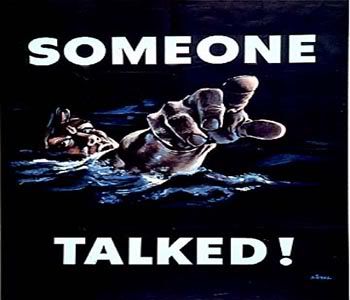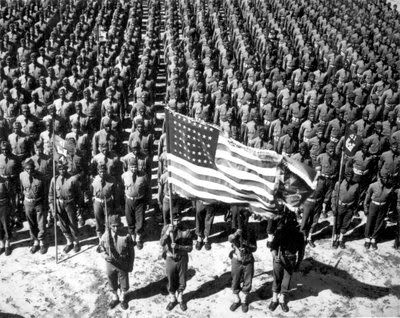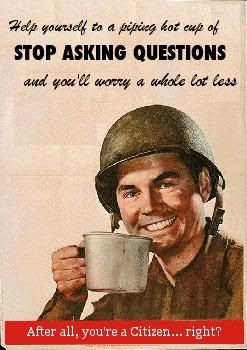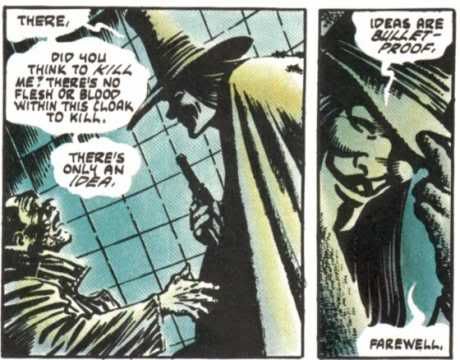Authors Note:
The writing process for WP1 was a very long and tedious process.
The first thing I had to do was to pick out my photograph from a slew of different choices.
It took me a while, and I narrowed it down to a couple of photographs.
Then I took these photographs and gave each one a solid look.
I asked myself if I could relate to this photograph in any way, and does this photograph initiate any type of emotion in me.
In the end one photograph really stood out to me and caught my eye,
Boys fishing in a bayou, Schriever, La. Cajun children in a bayou near the school.
The reason I chose this photograph is very simple.
It reminded me of simple times when I was a little kid, like the ones in the photograph.
I also really enjoy fishing and being out in nature.
So it was a no brainer why this photograph would be appealing for me.
Last but not least, the photograph looked very calming and relaxing, which drew me to the photograph.
After the first rough draft I knew that I had many different things that I needed to do to refine my paper.
The first thing that I noticed is I wasn’t very clear on my theme.
I really didn’t know what I thought the argument of this photograph is.
After I did some research on the internet, I learned a lot about what was really going on in World War 2.
I learned a lot of about propaganda, and how everyone was pulled into supporting the war.
After hearing this, I refined my statement of purpose to that of, making an argument for hope, and to think for one’s self.
I also noticed that I had been repeating myself a lot through the paper.
I noticed that some of my ideas where out of order and that they should redone, as to fit and make sense.
I rearranged my paper and combined certain ideas that seemed repetitive and out of place.
I also noticed that I had been using a lot of different rhetoric terms, but really wasn’t getting too in depth.
I decided that I should take some of them out so that my paper would have more evidence to make a detailed argument.
The writing process in between the second rough draft and the final copy was not so much coming up with new ideas, more of refining those ideas and solidifying my main argument.
I started off by going into my paper and fixing some things that didn’t make sense.
It was nice being able to look at the rough draft again with some more feedback, and to be able to see some things that didn’t really make too much sense the second time around.
After I fixed those errors, I went back and added the correct citations to the statement and facts that I acquired through research.
Then I went through and looked at the rhetoric arguments I was trying to make, and I made them even more detailed then the first time around.
I changed my conclusion to make it fit the “so what?” statement that needed to be made.
Last but not least I made sure that I had a proper works cited.
Rough Draft 1
Rough Draft 2Statement of PurposeFinal Draft:

The photo I chose was taken in the year 1940 by Marion Wolcott, it is titled
Boys Fishing in a Bayou, Schriever, La. Cajun children in a bayou near the school.
It depicts two young boys, fishing in a
bayou near a school yard.
In the 1940’s propaganda ran wild.
The American people were told to believe that they needed to support the war and that the enemies were complete animals.
Sometimes the enemy would even be depicted as inhuman characters.
It was like the American people were not able to think from themselves, and they were told that they should put most of their effort and lives into the war. (Wikipedia: United States home front during World War II).
I think this picture is a statement, that the children have choice to think for themselves, and do not have to follow the propaganda.
This becomes apparent when you look through a rhetoric lens and use the brightness, hue, cropping, and vectors of attention techniques shown through this photograph.

The vectors of attention are depicted by
Compose Design Advocate as a way to direct your attention to a certain spot by the way the people-or objects-are arranged in the photograph. (Wyscoki, Lynch)
In this particular photograph the two boys have their attention on the bayou.
This arrangement directs the viewer’s attention to that of the bayou.
This example of logos in the photograph inspires pathos in the viewer.
The boys looking at the bayou brings up a mysterious even scary feeling to the bayou.
It is like the bayou is the propaganda that the boys are supposed to follow.
It is like the boys are looking at the bayou and wondering to themselves if they should conform to this way of thinking.
The pathos inspired by the vectors of attention can really help the audience relate to the boys and the situation. With all of this propaganda, and being told what to do, it would be very scary and confusing to be in these boys situation. You can almost relate to this by thinking about the war today, and different propaganda going on through the media. We can relate to the boys, because we are in a situation that can be very confusing. It is very difficult to determine what is fact and what is being made to make us side with the government.

When you look at this picture with a historical context, the statement of hope, freedom, and peace become extremely apparent in this situation.
During this time and age, Louisiana and the rest of the world was trying to cope with
World War II.
They were forced to ration their food and gasoline, so that it could go to the war efforts. (American History society)
Thousands people left Louisiana to pursue jobs that were abundant in many other areas to once again help support the war. (Wikipedia, History of Louisiana, Thee Great Depression and World War II)
Many Americans where fighting overseas in the Second World War. These people where fighting other human beings just like themselves.
I don’t really think it is fair for one to be depicted and treated in such a inhuman way.
If you also look at the clothing of the boys, you will notice that they are not necessarily dressed to impress. This tells you a little bit about the boy’s financial situation at the time. The boys are dressed in overalls and sunhats, with no shoes on. This reminds me of the story of Huckleberry Fin because of this style of dress. In the book Huck Fin, the main character is depicted wearing a sun hat, overalls, and no shoes. They are sitting on a tire for some sort of car, which makes me question if they can afford a nice chair to sit on at the bayou. They are also using a makeshift fishing pole, from a stick. This makes me wonder if they are able to afford a real one. The boys’ clothes do not look that well off and this brings up another point someone could make. The boys could be fishing in the bayou, representing propaganda, looking for some aspect of truth. One could see this bayou being the vast unknown that the boys need to venture into. They have given most of their money and effort to the war, and they want to find something that they themselves can take from it. There is also that element of the old tree that looks almost dead. This element can represent the older people in America that have given all they can in war effort, and are now burnt out.
The style of this photograph brings up a sense of peace and tranquility emotionally. If you look at the picture overall and do some cropping you will see that there is nothing in the photograph that will make one believe anything bad is going to happen in the photograph. The process of cropping is to take each of the elements in the photograph and look at them individually. (Wysocki, Lynch) When I do this I notice the peace and the tranquility of every element except the bayou. First of all take the boys who are sitting near the edge of the bayou. They both have their back turned and one is sitting down. The other has his hands on the fishing pole just relaxing and fishing. Looking at the boy’s clothes and posture there doesn’t seem to be any wind or negative weather that would ruin their fun. It promotes their innocents, and inspired hope that they are not tainted by the propaganda.
The brightness of the photograph really adds to the logos and the visual higharcy. Because of the light being in the position that it was in, it drew my attention to the two boys first as opposed to anything else. This light inspires that hope and peace. It draws on the boys innocents, and lets you know that they are the future, and don’t have to listen to the propaganda. If you look at the photograph, everywhere else is pretty much in the shadows except for the two boys. The shadows are the propaganda that has taken over America. The light and brightness also plays a big part with the hue.

The hue plays a big part of the peacefulness of the photograph. If you look at the colors of the boys clothes, they are very vivid and bright. The sunhats that they are wearing really stand out in the light that is shone from the sun. If you also look up at the tree, there is also a lot of light and an abundance of color with the leaves in the tree. This makes me feel an inspiration of hope. It is almost like they are being shown upon from a higher power. The higher power is like a blanket of protection that inspires that feeling of hope and peace. Given the darkness and unknown of the bayou it’s almost like the darkness and hatred that is going on in America. The boys are representing the hope that America has to think for themselves.
In the end it is clear that this photograph embodies the purpose of peace, hope, and freedom during a tough time, and the need to think for one’s self. We as Americans know how scary and misleading propaganda can be. Since we are in a war ourselves, it is difficult to figure out who we can trust, and who is just feeding out lies from the government. When we look through a rhetoric lens, it is clear that we can relate to these boys situation. We have a lot more in common than you might think, and we need to stand up against bias propaganda, and think for ourselves.

Works Cited:
"History of Louisiana." 18 Oct. 2009 <http://en.wikipedia.org/wiki/History_of_Louisiana#The_Great_Depression_and_WWII_.281929.E2.80.931940s.29>
"United States home front during World War II." 18 Oct. 2009 <http://en.wikipedia.org/wiki/United_States_home_front_during_World_War_II>
"World War II Rationing." 18 Oct. 2009 <http://en.wikipedia.org/wiki/United_States_home_front_during_World_War_II>
Wysocki, Anne, F. and Dennis A. Lynch. Compose Design Advocate. 1st ed. Pearson Education, Inc., 2007. Print.






 When you look at this picture with a historical context, the statement of hope, freedom, and peace become extremely apparent in this situation.
When you look at this picture with a historical context, the statement of hope, freedom, and peace become extremely apparent in this situation.
 Works Cited:
Works Cited:


